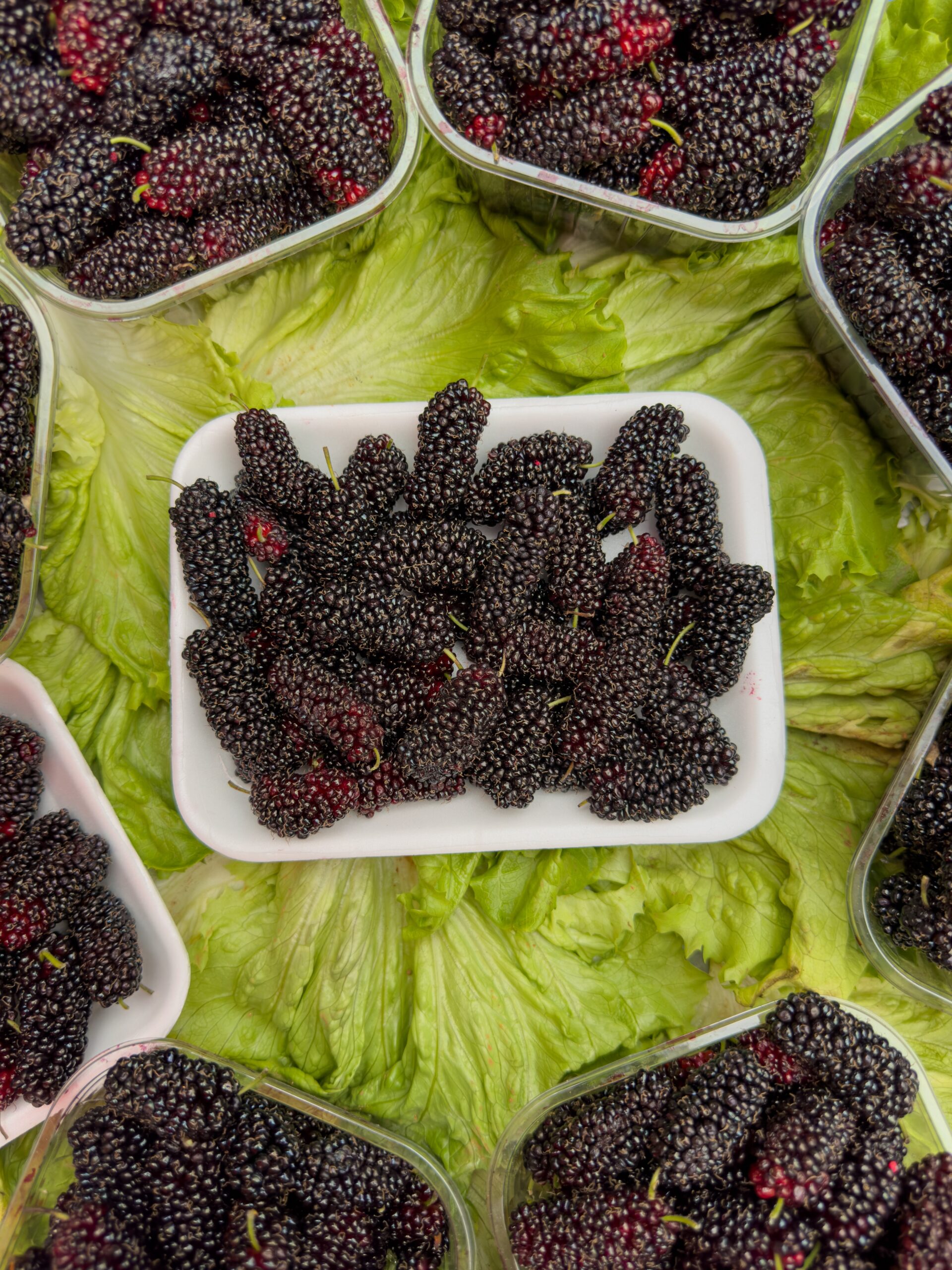Fruits rich in Iron is an essential mineral that plays a vital role in a variety of bodily functions, from oxygen transport to energy production. Inadequate iron intake can lead to iron deficiency anemia, which includes fatigue, weakness, and impaired cognitive function. Although iron supplements are available, adding iron-rich fruits to your diet is a delicious and natural way to increase your iron levels. In this article, we will explore the importance of iron, why fruits are a fantastic source, and introduce you to the top 10 fruits rich in iron content.
Understanding Iron and Its Importance
Iron exists in two forms: first heme iron and second non-heme iron . Heme iron is found primarily in animal products, while non-heme iron is present in plant-based foods. Both forms contribute to our overall iron intake, but the body absorbs heme iron more efficiently. The recommended daily intake of iron for adults varies, with women generally needing more iron than men. Iron is important for the formation of hemoglobin, the protein in red blood cells that is responsible for carrying oxygen to tissues and organs.
Why Choose Fruits for Iron Intake
Fruits provide lots of nutritional benefits, and they are especially beneficial when it comes to iron intake. Unlike some iron-rich animal products, fruits are generally low in fat and calories. Additionally, they provide a wide range of vitamins, minerals and antioxidants that contribute to overall health. While non-heme iron from plant-based sources may be absorbed less efficiently than heme iron, there are ways to increase absorption, making the fruit an excellent source for individuals looking to increase their iron levels through natural means. Become an option.
The Top 10 Fruits rich in Iron Content
1. Apricot:

Iron content: About 0.5 mg per apricot.
Other nutritional benefits: Rich in Vitamin A and fiber.
Creative ways to incorporate: Enjoy as a snack or add to salads and yogurt.
2. Raisin:
Iron content: About 0.8 mg per small box.
Other nutritional benefits: Rich in antioxidants and natural sugars.
Creative ways to incorporate: Mix into oatmeal, yogurt, or trail mix.
3. plum:
Iron content: About 0.9 mg per prune.
Other nutritional benefits: Excellent source of fiber and vitamins.
Creative ways to incorporate: Blend into smoothies or enjoy as a sweet snack.
4. dried figs:
Iron content: About 2 mg per 4-5 figs.
Other nutritional benefits: Good source of fiber and potassium.
Creative ways to incorporate: Add to cereal, granola, or use in baking.
5. Mulberry:

Iron content: About 2.1 mg per cup.
Other nutritional benefits: Rich in Vitamin C and K.
Creative ways to incorporate: Add to fruit salads or eat them fresh.
6. Dates:
Iron content: About 0.9 mg per date.
Other nutritional benefits: High in natural sugars and fiber.
Creative ways to incorporate: Use in energy bars, desserts or smoothies.
7. Guava:
Iron content: About 0.9 mg per cup.
Other nutritional benefits: Rich in Vitamin C and dietary fiber.
Creative ways to incorporate: Eat fresh or add fruit salsa.
8. Kiwi:
Iron content: About 0.3 mg per medium-sized kiwi.
Other nutritional benefits: Rich in Vitamin C and E.
Creative ways to incorporate: Slice and add to salads or enjoy as a standalone snack.
9. watermelon:
Iron content: About 0.4 mg per cup.
Other nutritional benefits: Hydrating and rich in vitamins A and C.
Creative ways to incorporate: Blend into smoothies or enjoy as a refreshing snack.
10. Strawberries:

Iron content: About 0.6 mg per cup.
Other nutritional benefits: High in vitamin C and manganese.
Creative ways to incorporate: Add to breakfast bowls, salads, or eat them fresh.
For each fruit, it is important to recognize that although the fruits rich in iron content may not be exceptionally high compared to some animal products, the combination of different nutrients and antioxidants makes them valuable contributors to a balanced diet.
Tips for Maximizing Iron Absorption
1. Combine fruits rich in iron with vitamin C:
Combine fruits with high vitamin C content (e.g., citrus fruits, berries) to increase non-heme iron absorption.
2. Cooking and preparation methods:
Cooking fruits or using them in recipes can sometimes increase iron availability. For example, cooking dried fruits or using them in baked goods.
3. Avoid consuming iron blockers with fruits rich in iron:
Some substances can prevent iron absorption, such as coffee, tea, and calcium-rich foods. Try to avoid consuming these substances along with iron-rich fruits.
Conclusion:
Adding fruits rich in iron to your diet is a delicious and nutritious way to meet your body’s iron needs. Although these fruits may not boast as high an iron content as some animal products, their additional health benefits and improved absorption ability make them valuable contributors to overall well-being. By diversifying your fruit intake and finding creative ways to incorporate them into your meals, you can enjoy a delicious and effective strategy for maintaining optimal iron levels.
As you begin your journey to increase iron intake through these delicious fruits, we encourage you to share your favorite iron-rich fruit recipes and experiences with us. Remember that individual dietary needs vary, and consulting a health care professional or nutritionist can provide personalized advice based on your specific needs. Here’s to a healthier, more vibrant you through the power of natural, iron-rich fruits!
Also Read
Alpine Ice Hack Weight Loss: A Natural Approach to Sustainable Weight Loss
Unveiling the Majesty of Tadasana (Mountain Pose): A Comprehensive Guide





2 thoughts on “Top 10 Fruits Rich in Iron: Boost Your Iron Intake Naturally”